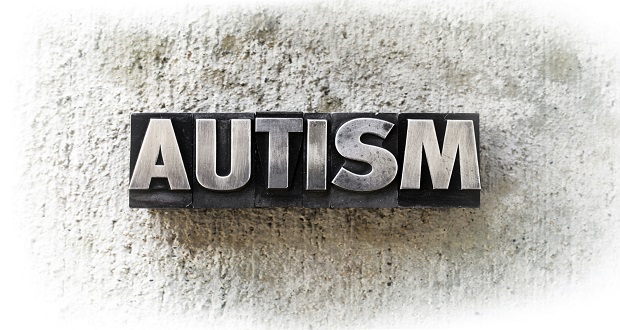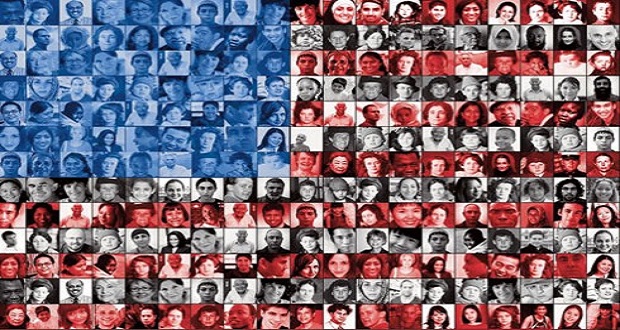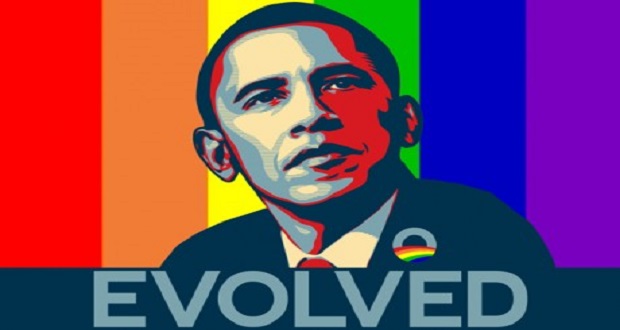
This question seems to resurface every few months with a new study, report or survey. Diversity is a noted driver of innovation, but the tech industry continues to struggle with improving diverse representation, particularly beyond gender.
This week LinkedIn published their annual diversity report which highlights increased female representation, both in technical roles and at the executive level, while acknowledging minimal improvements in other areas of diversity. More than 90 percent of LinkedIn’s workforce in the US identifies as white or Asian. For the first time, LinkedIn reported on “disability” (3 percent) and although omitting LGBTQIA representation figures, the report references the Out@In Employee Resource Group for LGBTQ Employees and Allies.
Yesterday the Grace Hopper Celebration of Women in Computing (GHC) commenced and they also looked to expand their diversity focus. After receiving feedback from past attendees concerned about the lack of speaker diversity, the largest conference for women technologists set and met a goal to have women of color represent 30 percent of their keynote and plenary speakers.
LinkedIn, despite hosting the profiles for over 450 million diverse professionals, is still challenged to hire diverse talent. The Grace Hopper Celebration, an event focused on inspiring an under-represented group in technology, still needed a push to uplift leaders and speakers of color that connected to their audience. Both are taking ownership of improving their diversity and being transparent about their challenges. Earlier this year 30 companies signed the White House Tech Inclusion Pledge, committing to prioritize the diversification of technology talent – another step in the right direction. It’s clear that this issue won’t change overnight, but improvements do come with focused effort and hold each other accountable.


















